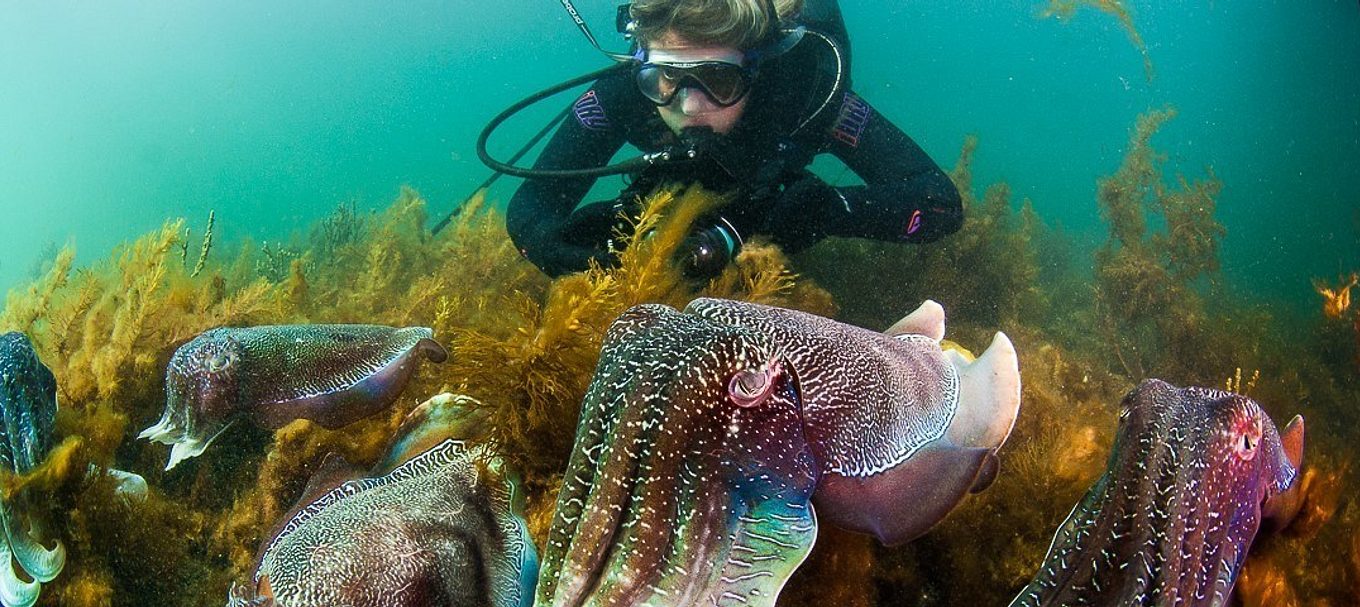
Underwater photography 'seacrets'
‘Currents pushing you around, low visibility and marine life that often disappears into a hiding hole are just some of the challenges of underwater photography,’ says Carl.
‘Depending on the subject matter, the experience of taking photos underwater can range from peaceful through to exhilarating. The relaxation experienced is like meditation – you think of nothing else but your surroundings, your dive gauges and camera settings the entire dive.
‘Knowledge of the ecology of the marine life you wish to photograph and a good eye for spotting animals that are camouflaged are as important as knowledge of your camera and a knack for creative composition.
‘When I plan a dive trip I usually have a fairly good idea what to expect, either from personal experience, descriptions from a dive buddy or from dive site information that I’ve read. The hardest part for me is choosing whether to dedicate the dive to macro (close up), wide angle, video or a combination. A dive site with man-made structures like wrecks and jetty pylons lends itself perfectly to a wide angle or fisheye lens.
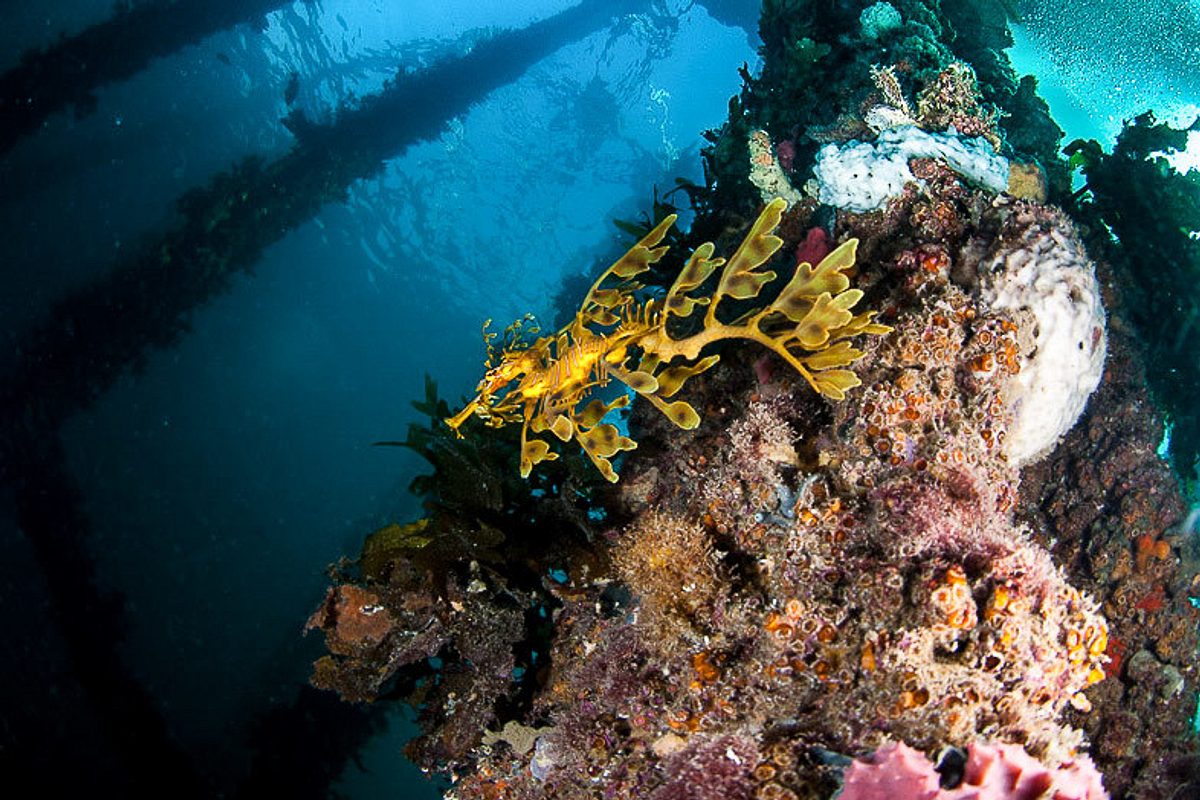
'Reefs inhabited by small cryptic critters call for a macro lens and a wide angle GoPro camera is perfect for surprise visits from rays, large schools of fish or maybe a shark.
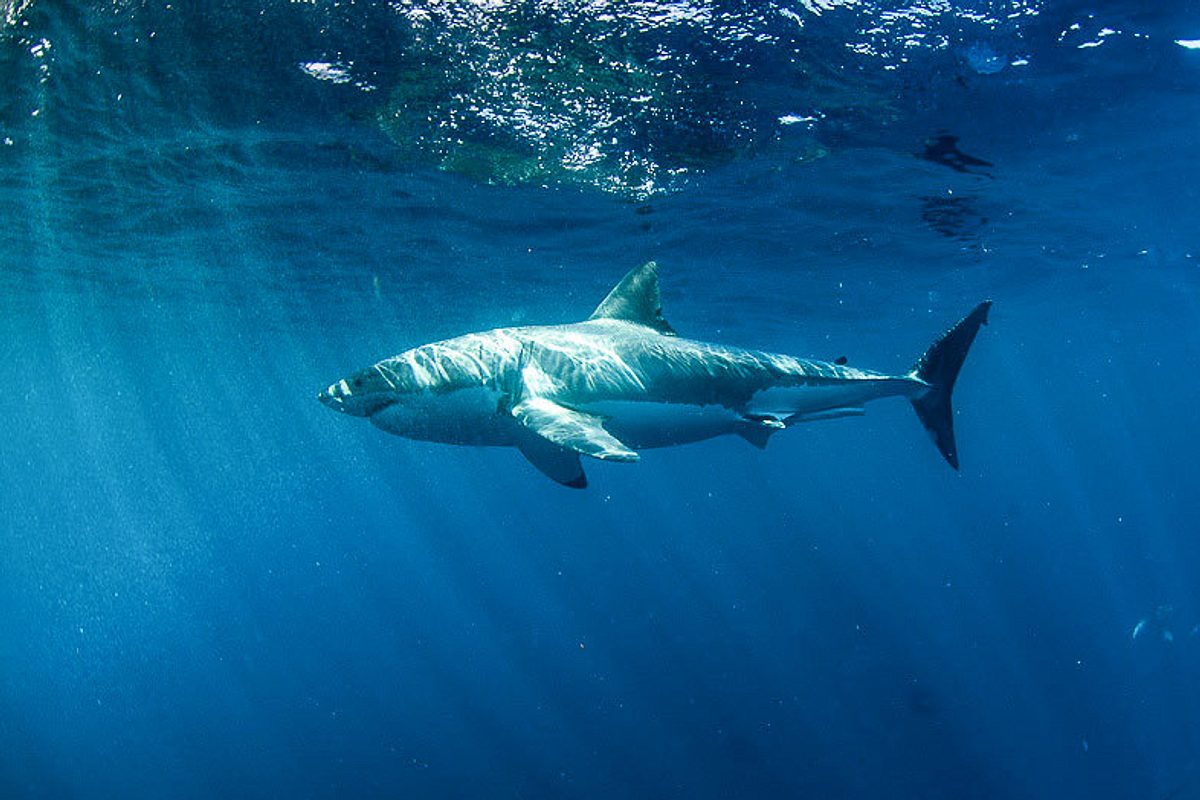
‘Weedy and leafy sea dragons are my favourite animals to photograph. When I encounter a sea dragon I try to hang back at a distance and study the animal – watch for its natural behaviour and try to predict its swim path. Sea dragons are one of the slowest marine animals but they can manoeuvre quite efficiently and will always shy away from humans. It’s important not to crowd these creatures so I like to dive only with one other diver if possible. I take only a few photos of each sea dragon encountered - a couple of flash photos and then a natural light photo.
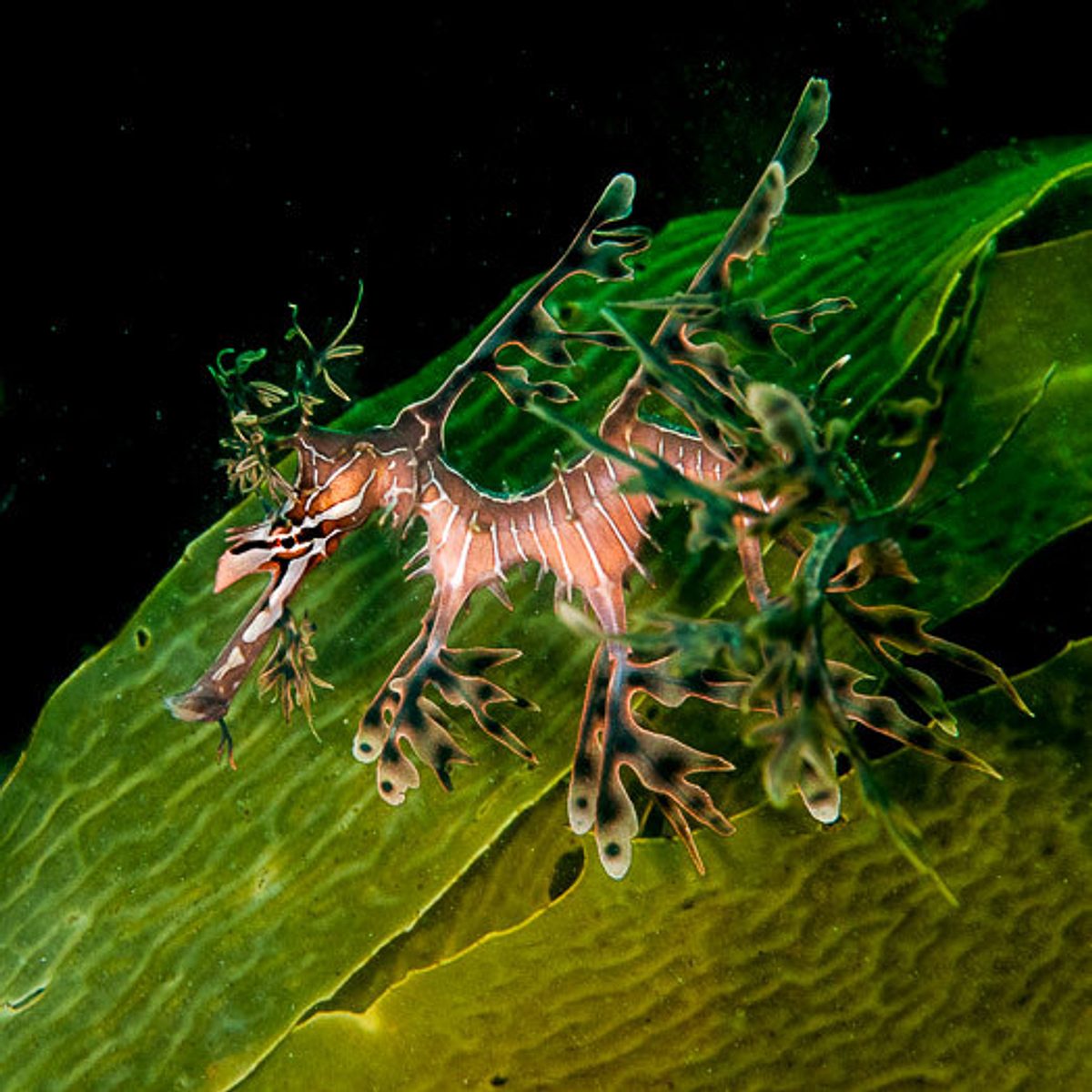
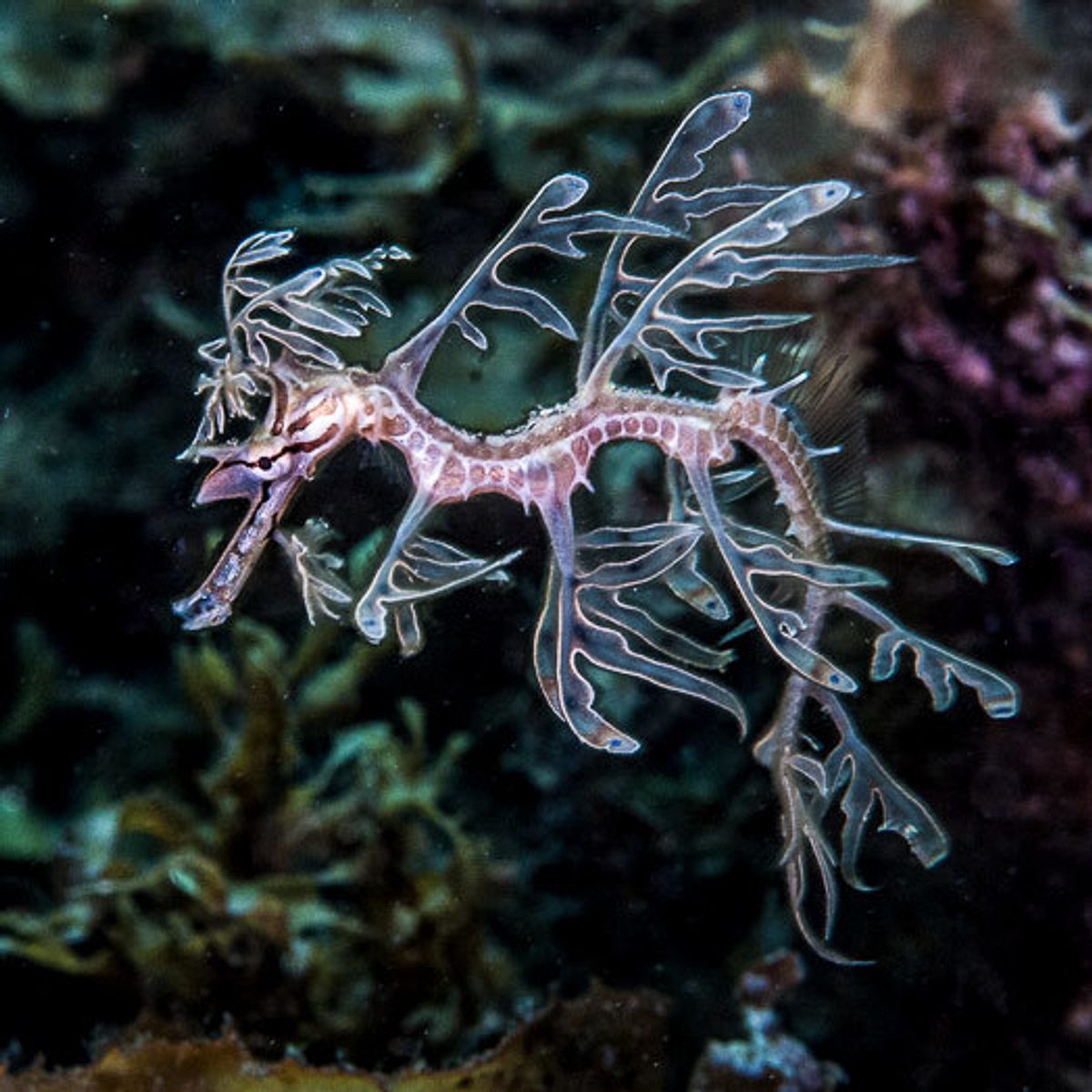
‘Anglerfish or frogfish are one of the most difficult animals to photograph. They often hide under things and are so well camouflaged that you don’t see them even when up close. It isn’t until you have spotted anglerfish a few times that you get an eye for them. I can now see tassled anglerfish and smooth anglerfish from a distance. They often resemble the sponge and algae they sit on waiting for their prey to swim past. They are very clumsy fish with large pectoral fins that they use as ‘hands’ to walk on – swaying side to side and falling over in mild current.
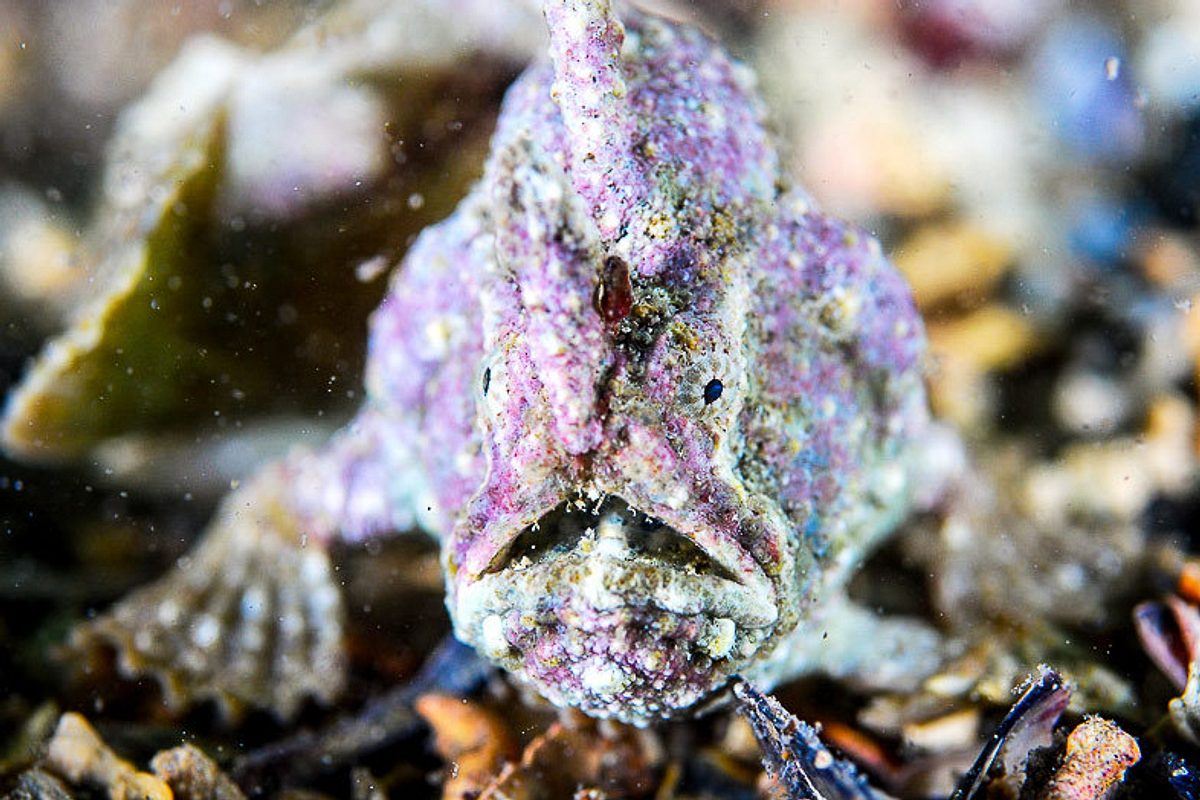
‘One of the most amazing marine creatures to photograph is the giant Australian cuttlefish. The giant cuttlefish lives for only two to three years but grows in that time to over three feet long. During the winter months, the cuttlefish congregate near Whyalla in the hundreds of thousands. The male cuttlefish abandons its normally cryptic colours and takes on a magnificent rainbow of rapidly changing colours to attract the female. The cuttlefish are oblivious to me taking photos as they swim around, mate and lay eggs under the rock ledges.
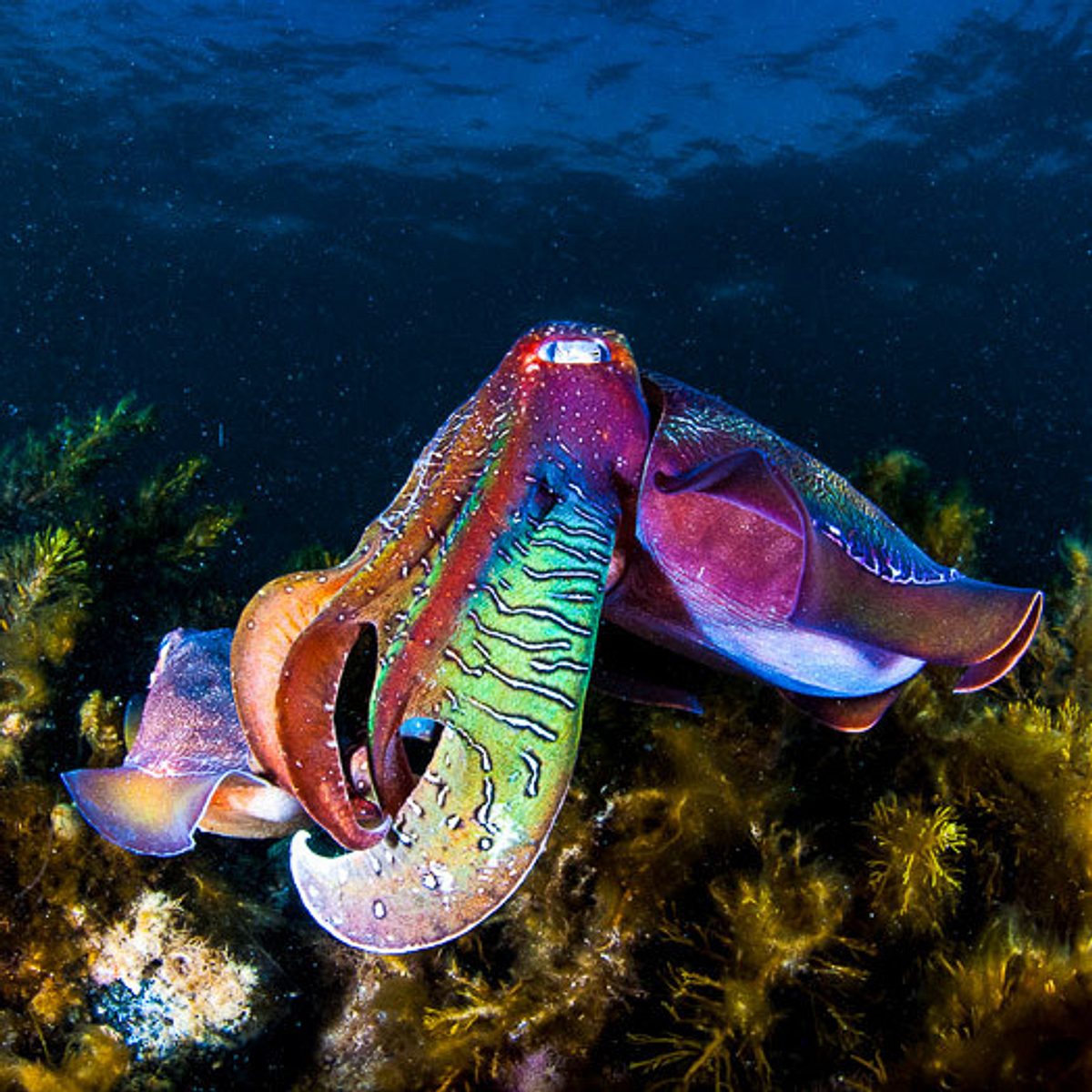
‘One of my favourite dives is the pinnacles off Snapper Point at Aldinga. This marine reserve has been protected from fishing pressures since the 1970s and houses a rich diversity of marine life. Multicoloured sponges, soft corals, algaes and other invertebrates provide food and habitat to a range of fish species. This is the only dive site I’ve spotted wobbegong sharks, black cowry shells with eggs and harlequin fish waiting patiently for their prey to swim past. There are huge schools of silver drummer fish and also clouds of reef fish that call this reef home.
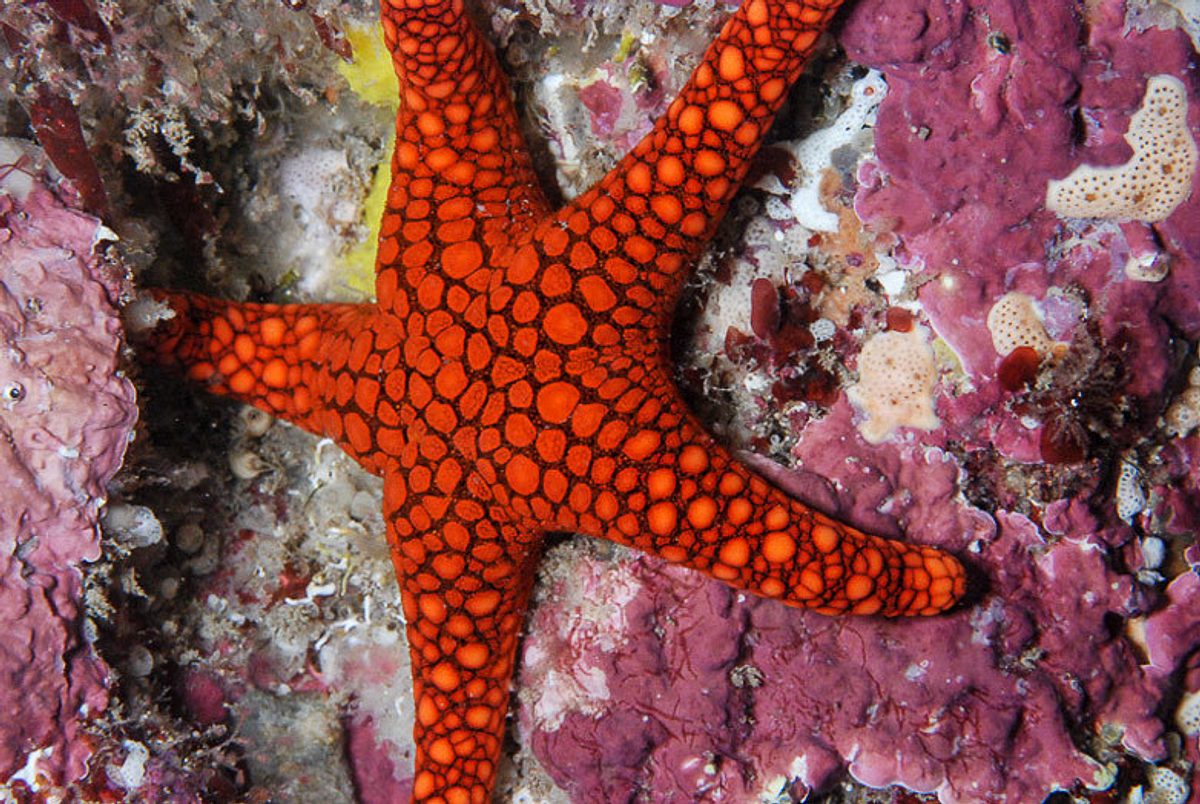
‘The challenge of recording rare marine life and also improving on past images with different angles, composition and camera settings keeps me coming back time and time again. There could be a rare nudibranch (sea slug) or juvenile sea dragon just around that next corner of the reef, wreck or jetty.’
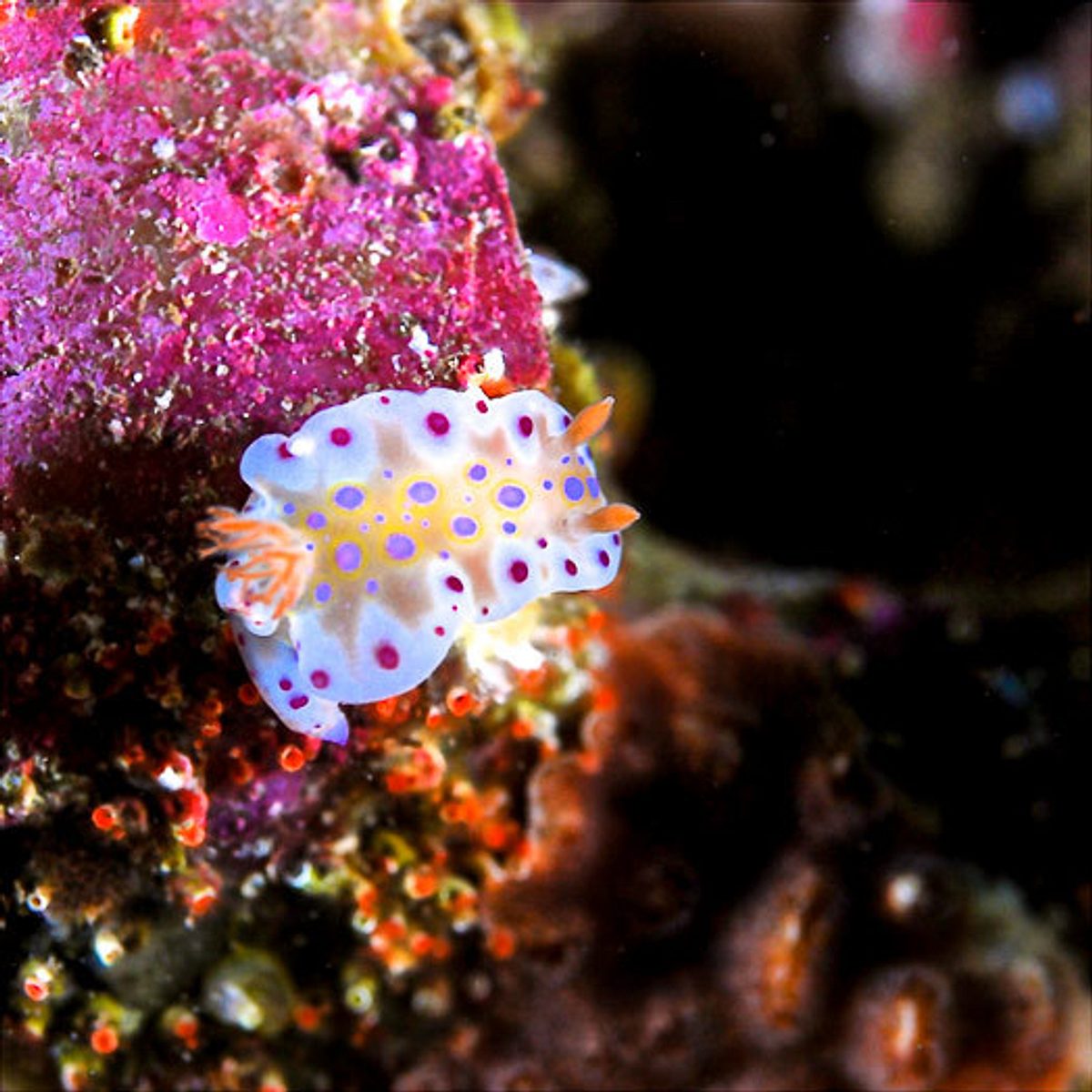
Great thanks to Carl for sharing these insights. Why not try some underwater photography yourself? Talk to a camera retailer or look online for what is available. A cheap disposable underwater camera can cost as little as $20.
And do send us a few of your pics.
The Good Living Team
All photos used in this article are copyright Carl Charter.





